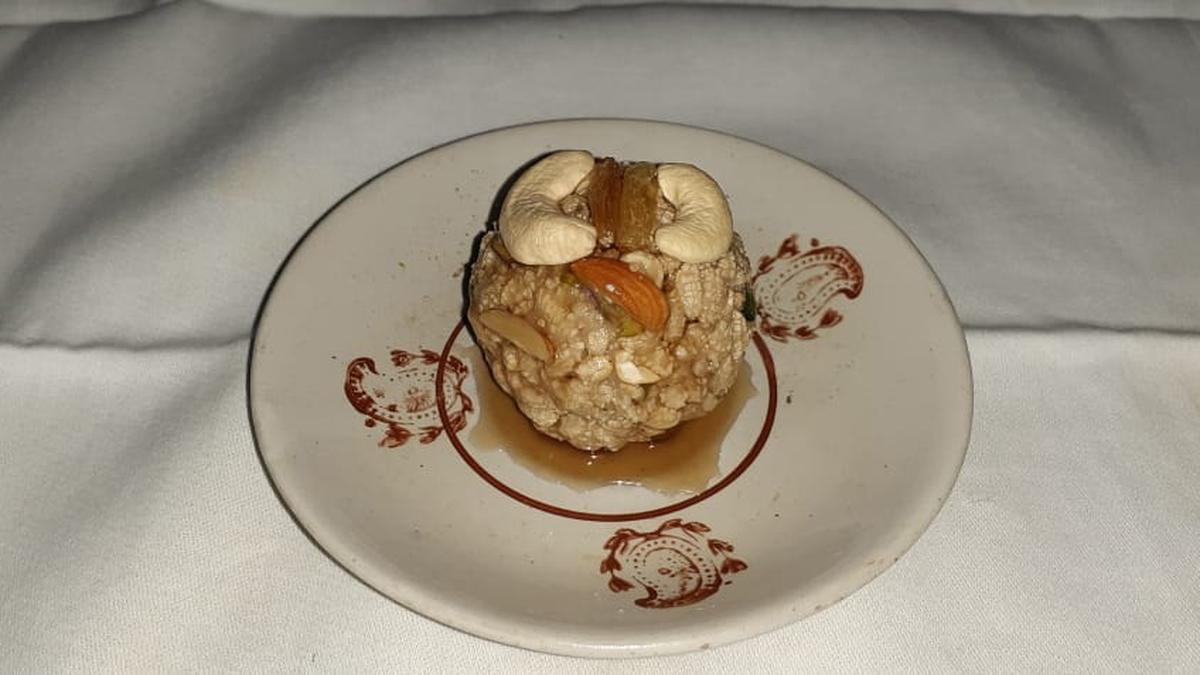
This winter turning out to be sweet for moa makers
The Hindu
KOLKATA
This winter is going to be special for the Joynagar moa, the popular Bengal sweetmeat available only during the colder months of the year, with the number of registered manufacturers witnessing a massive rise and its Geographical Indication tag getting a 10-year extension.
The moa is a popped-rice ball held together with fresh date-palm jaggery, extracted from the beginning of December till the end of February. Its manufacture is so synonymous with Joynagar, a settlement on the outskirts of Kolkata, that it earned the Geographical Indication tag of Joynagar Moa in 2015. But considering that the application for the recognition was submitted in 2012, the tag became valid from that year until 2022. Now, an extension has come through for another 10 years.
Also this year, the number of manufacturers registered with the Joynagar Moa Nirmankari Society, which regulates the moa business, has gone up dramatically from 46 to 292. “We brought in many more manufacturers under our umbrella to ensure quality control, to make sure that all those who make the sweet keep up the quality and adhere to norms. You can say this is going to be a very good season for us. What’s more, for the first time, we even have an office of our own — so far we were functioning out of someone’s house,” said Ashok Kumar Kayal, founding secretary of the Society.
“This season we are also looking at an increase in the sales. Last season, we did business of about ₹22 crore, this year we expect to cross ₹30 crore. And last season, we exported about 400 kg to Bahrain, this year we are also likely to send some boxes to Switzerland,” Mr. Kayal said.
Said to date back to 1904, the moa is made of aromatic khoi — popped rice — that is mixed with jaggery, sugar, cashew nuts and raisins. Its only drawback is that it has a short shelf life, lasting not more than five days without refrigeration. The high perishability has prevented it from being shipped abroad all these decades, and its export began, on a very small scale, only in 2020.
Mr. Kayal said the Society was in touch with IIT-Bombay and IIT-Kharagpur in order to develop packaging material that would dramatically increase the shelf life of the sweetmeat. “We are yet to get the samples. But from what I am told, the new material would increase the shelf life of our products from five days to two and a half months — now that’s quite something!” he said.













